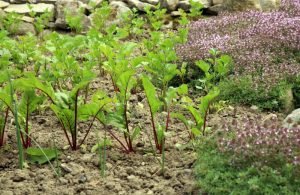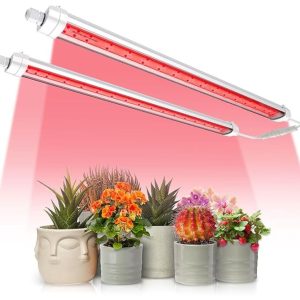Perennial vegetables can anchor a productive garden with less replanting and steadier harvests. You get soil health gains, pollinator support, and reliable spring food. Choices depend on climate, light, and soil. Match varieties to USDA zones and your space. Plan for harvest windows, storage, and kitchen use from day one.
What Makes A Vegetable Perennial In The U.S?
Contents
A vegetable is perennial when it regrows and produces for multiple seasons without replanting, surviving winter or summer extremes. Longevity starts with genetics and growth habit, including buds on crowns, rhizomes, tubers, and woody bases that store energy and shield buds. Carbohydrate reserves and well-timed dormancy cues let plants retreat during stress and resume growth when light, temperature, and moisture align.
Climatic fit decides whether those traits translate into years of harvest. USDA hardiness zones set the floor for winter survival, while accumulated heat, humidity, and day length drive summer vigor and flowering.
Microclimates can tilt the odds, because south-facing walls, reliable snow cover, wind protection, and sharp drainage nudge borderline species into perennial behavior. Soil texture, organic matter, and pH influence root health, nutrient uptake, and disease pressure.
Management completes the picture, since perennials thrive when establishment is careful and ongoing care is steady. Deep watering in year one, mulch, timely division, and measured harvesting keep crowns vigorous instead of exhausted.
Distinguish true perennials like asparagus, rhubarb, sorrel, and walking onions from short-lived or self-seeding crops that mimic permanence in warm areas. Artichoke and chaya behave as perennials in mild or subtropical zones, so match species and variety to climate, and provide spacing, airflow, and fertility that sustain multi-year performance.
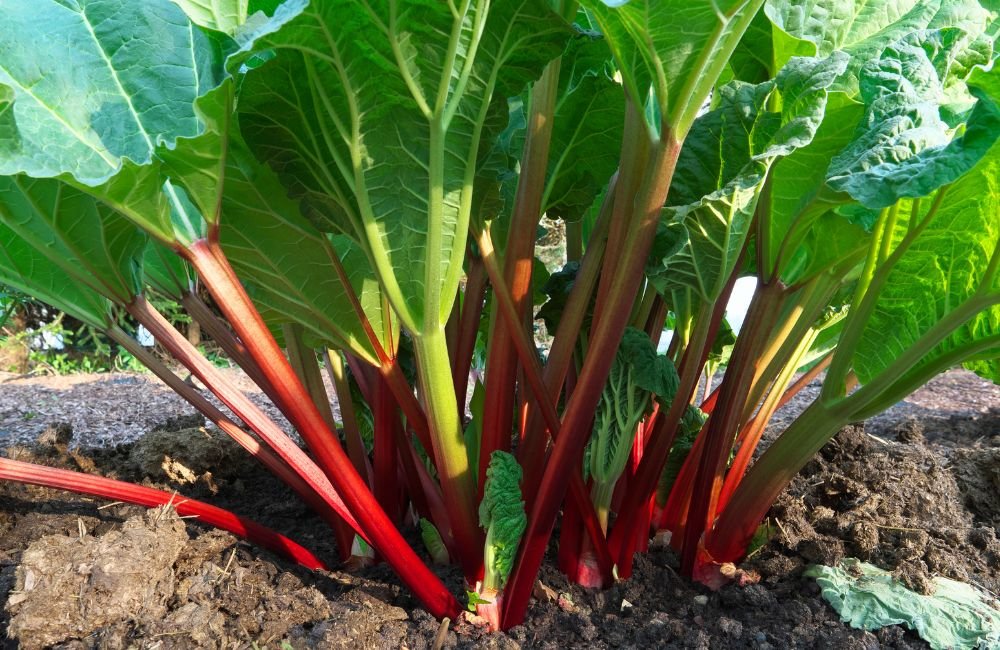
Grow Better With Skillshare Garden Courses
Online classes turn perennial plans into repeat harvests. Learn soil testing, division, pruning, and pest ID with bite-size lessons you can replay while you work. Apply techniques season by season to keep crowns vigorous and productive.
Zone-Smart Lessons That Reduce Trial and Error
You learn to match crops to your USDA zone and microclimate. That cuts failures and saves a season. Instructors show how to push limits with walls, mulch, and frost covers so perennials settle fast.
Hands-On Techniques for Crowns and Divisions
Classes break down planting crowns, taking divisions, and rooting cuttings. You see each step up close and can replay it while you work. Skills stick, and your beds fill with healthy, long-lived plants.
Seasonal Care Plans and Pest ID Confidence
You get clear calendars for watering, mulching, pruning, and dividing. Pest walkthroughs train your eye to spot issues early and act quickly. Crowns stay vigorous, and harvests improve year after year.
Ready to level up your perennials? Explore Skillshare’s garden courses today and pick a class that fits your zone and goals.
Best Perennial Vegetables By USDA Zone
Match crops to your USDA zone to get repeat harvests with less fuss. Cold-hardy staples anchor northern beds. Heat lovers shine in the South. Use microclimates and mulch to push limits and keep crowns vigorous for many seasons and productive.
Zones 3–5
Asparagus, rhubarb, sorrel, chives, and Good King Henry handle deep freezes and bounce back reliably. Add sea kale and sunchokes for hardy shoots and tubers, plus ramps or ostrich fern fiddleheads where foraging is legal and identification is certain. Plant crowns in raised rows with sharp drainage, feed lightly in spring, and mulch deeply before winter to protect buds and roots.
Zones 6–7
You’ll get strong returns from asparagus, sea kale, Welsh bunching onions, Egyptian walking onions, lovage, and skirret. Hablitzia perennial spinach thrives in partial shade and cool springs, then rests through summer heat. Keep spacing generous for airflow, water deeply but infrequently, and divide clumps every few years to renew vigor and keep yields steady.
Zones 8–9
Globe artichoke and cardoon become handsome, productive anchors when summers are hot and winters are mild. Perennial arugula, garlic chives, society garlic, and Malabar spinach provide near year-round greens in warm pockets. In frost-prone spots, shelter crowns with mulch, use south-facing walls, and replant backups from divisions to ride out rare cold snaps.
Zones 10–11
Tropical and subtropical mainstays shine here. Grow chaya for protein-rich leaves you’ll always cook, plus Okinawan spinach, longevity spinach, katuk in dappled shade, moringa for nutrient-dense greens, and taro where soils stay moist. Manage heat with mulch and afternoon shade, prune for fresh growth, and harvest little and often to keep plants pushing new tender shoots.
Planting And Establishment
Establishing perennial vegetables pays dividends for years. Start with healthy planting stock and soil prep. Manage moisture and weeds carefully during year one to build crowns and strong roots.
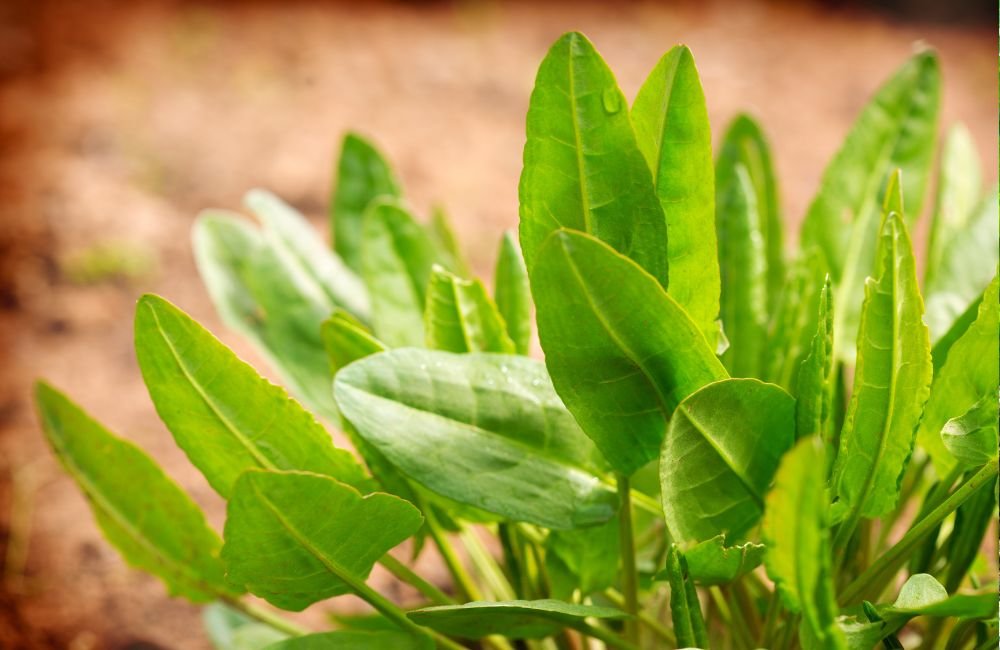
Crowns, Divisions, And Bare-Root Starts
Start strong by choosing healthy planting stock and setting crowns correctly. These quick checks and steps reduce shock, prevent rot, and build vigor in year one for productive perennial beds.
- Choose vigorous crowns and divisions from reputable suppliers or trusted gardeners.
- Check for firm buds and living roots with good color. Avoid any sour or rot odors.
- Hydrate bare-root stock in clean water for 20–30 minutes before planting to reduce transplant shock.
- Trim only damaged root tips with a clean blade. Keep buds oriented up when setting.
- Set growing points just below the final soil surface in frost-prone zones. Keep them at or slightly above grade in hot, rainy climates to improve airflow.
- Plant in cool soil that drains after a storm. Skip windy days that dry roots and topple stakes.
- Time plantings to climate. Go in early spring in cold regions once the soil is workable. Go fall in mild-winter zones so roots knit in before heat returns.
- Space for mature spread to limit disease later. Tight spacing looks full now but crowds crowns as they expand.
- Give asparagus room for straight spears and easy harvests.
- Allow sea kale clumps space for blanching collars and airflow.
- Leave pathways for walking onions. They multiply quickly, so plan for lifting and replanting offsets.
- Label rows clearly with crop, variety, and date. Perennial beds change slowly, and good records keep your renewal plan on track.
Bed Prep, pH Targets, And Organic Matter
Prep beds to drain, breathe, and feed plants through heat and rain. Test soil, set pH targets, and add organic matter. You’ll protect roots, prevent crusting, and boost first-year vigor.
- Start with a soil test so you’re not guessing about pH and nutrients. Aim for slightly acidic to neutral conditions for most perennial vegetables.
- Match crops to pH ranges. Asparagus and walking onions prefer near-neutral conditions. Rhubarb prefers modest acidity. Sorrel tolerates wider swings and still keeps sharp flavor.
- Add 2–3 inches of finished compost. Work it into the top 6–8 inches with a garden fork to keep soil structure intact.
- Address low phosphorus only if tests show it. Blend in a small handful of rock phosphate or bone meal near crowns during establishment.
- Skip fresh manure. Salts and ammonia can burn young tissue and stunt early growth.
- On heavy clay, build raised rows or shallow berms. You’ll speed spring warmup and lower crown-rot risk.
- On sandy soils, mix in extra compost and a bit of biochar. This boosts water holding without creating soggy pockets.
- Lay drip lines or soaker hoses before planting. Place emitters where root zones will expand so watering stays efficient.
- Avoid plastic weed fabric around crowns. It traps moisture against buds and makes future division a pain.
- Finish with a light mulch once soil warms. You’ll steady moisture, reduce crusting after rain, and block weed germination.
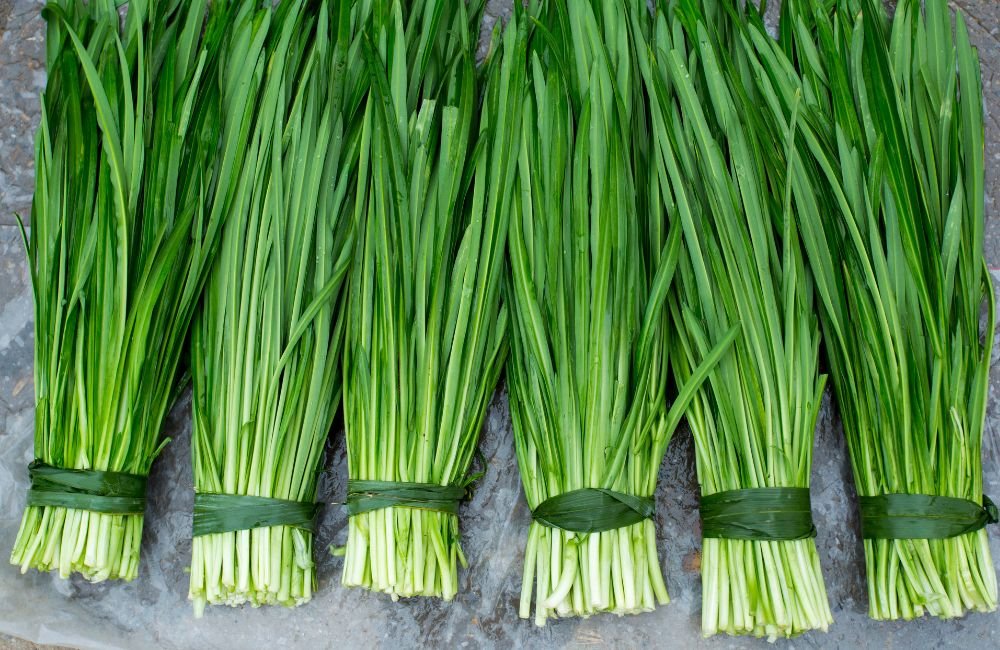
First-Year Care: Watering, Mulch, And Weed Control
Year one focuses on deep roots, steady moisture, and minimal stress. Water correctly, mulch on time, harvest lightly, control weeds and pests, and record results to bank energy for yields.
- Water deeply, then let the surface dry slightly so roots chase moisture downward.
- Skip shallow sips that create shallow roots and stress plants in heat.
- Target about one inch of water per week. Increase during wind or sandy soils.
- Deliver water by drip or soaker to keep foliage dry and disease pressure lower.
- Mulch with clean straw, shredded leaves, or partially composted bark after soil warms.
- Keep a small mulch-free collar around each crown to prevent rot and help shoots emerge.
- Harvest lightly or not at all in year one to build reserves.
- Do not cut asparagus in the first season. Bank energy in the crowns.
- Limit artichoke harvests to a few secondary buds while plants build frames.
- Pinch flowers on leafy perennials like sorrel and perennial arugula to push vegetative growth.
- Patrol for weeds weekly when they are thread thin. Remove by hand or with a stirrup hoe.
- Shield young brassica relatives from flea beetles with row cover.
- Use cardboard or plastic collars around tender transplants to deter cutworms.
- Check under mulch for slugs during cool wet spells. Use traps or iron phosphate if needed.
- Stake taller plants in windy sites to prevent lodging.
- Add temporary shade cloth during heat waves to prevent scorch.
- After the first frost or when growth pauses, top up mulch to buffer freeze–thaw cycles.
- Enter winter with clean beds, clear labels, and a simple log of plantings and performance.
Conclusion
Perennial vegetables reward smart planning with years of dependable harvests. Match crops to your USDA zone and microclimate to cut failures. Invest in soil prep, careful planting, and light first-year harvests to bank energy. Keep up with mulch, irrigation, and timely divisions to renew vigor. Start with a small bed this season and expand as confidence and yields grow.
If you are looking for vegetables that grow fast, check out this gardening guide next!

